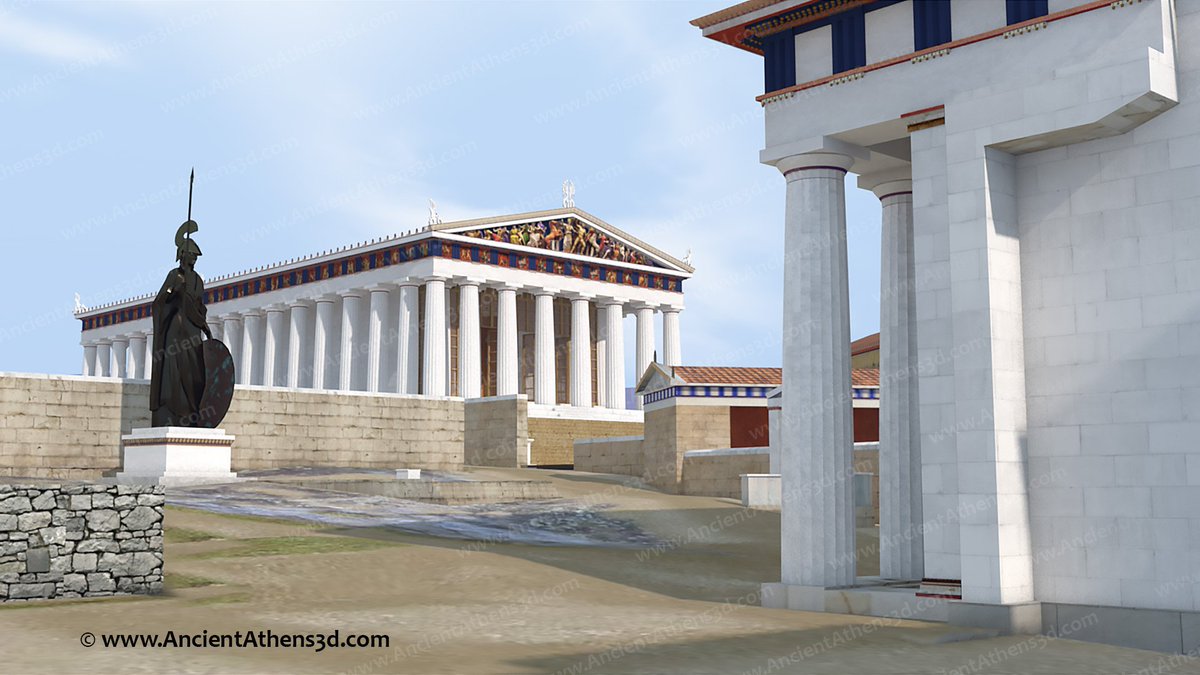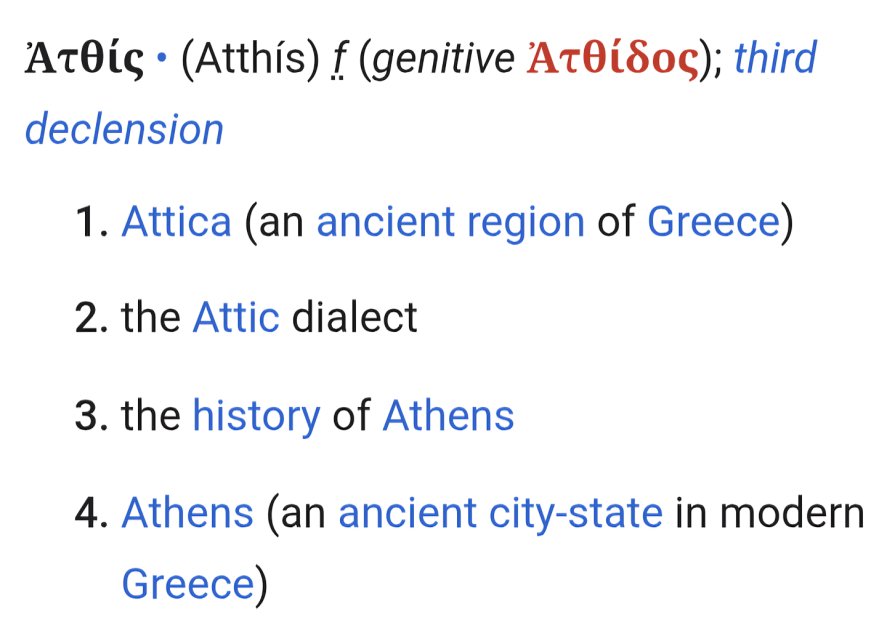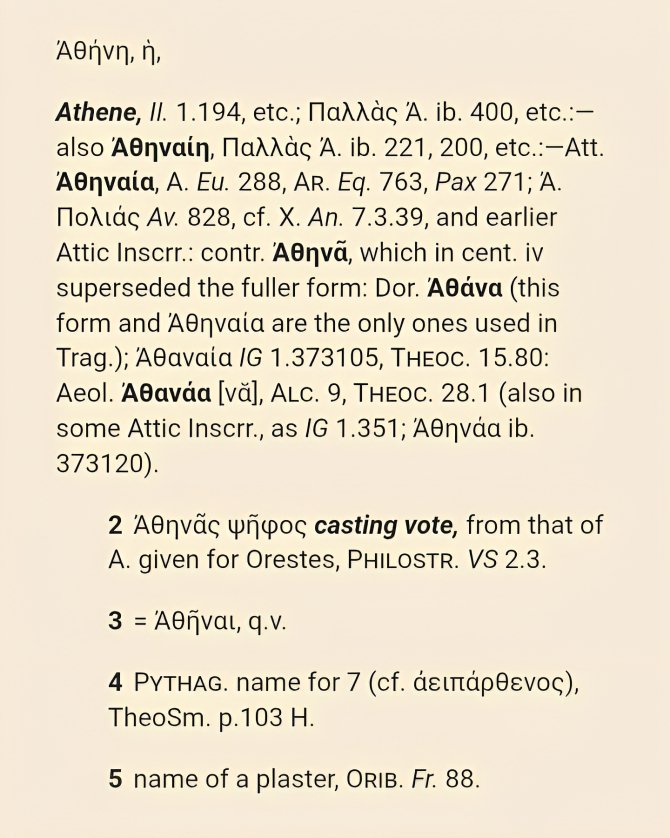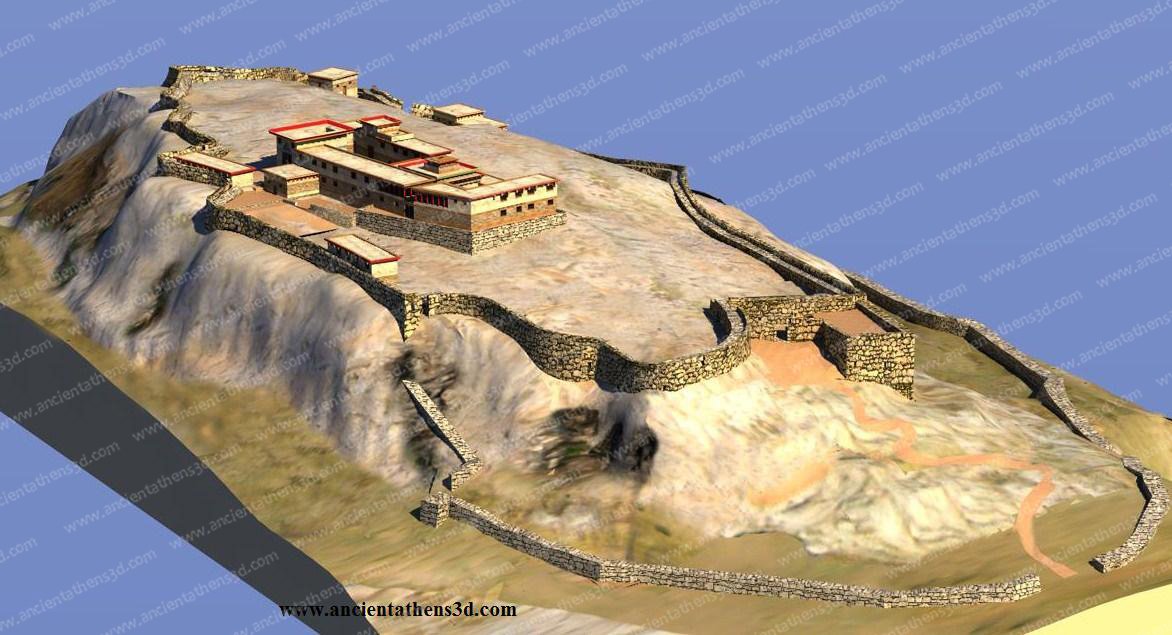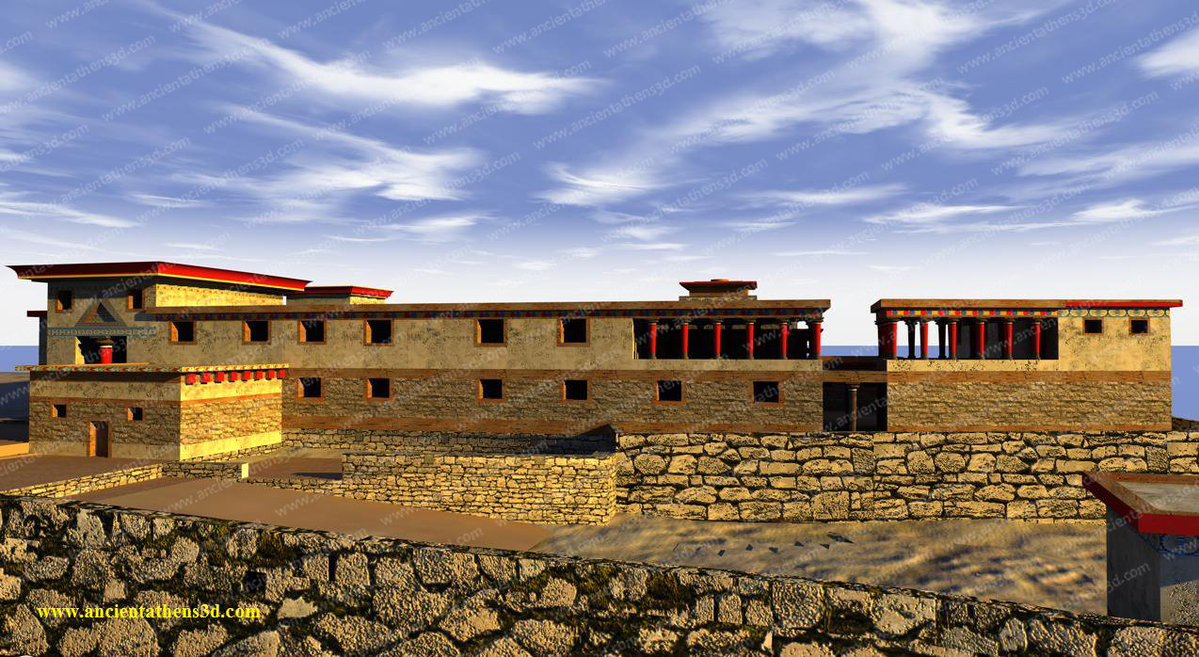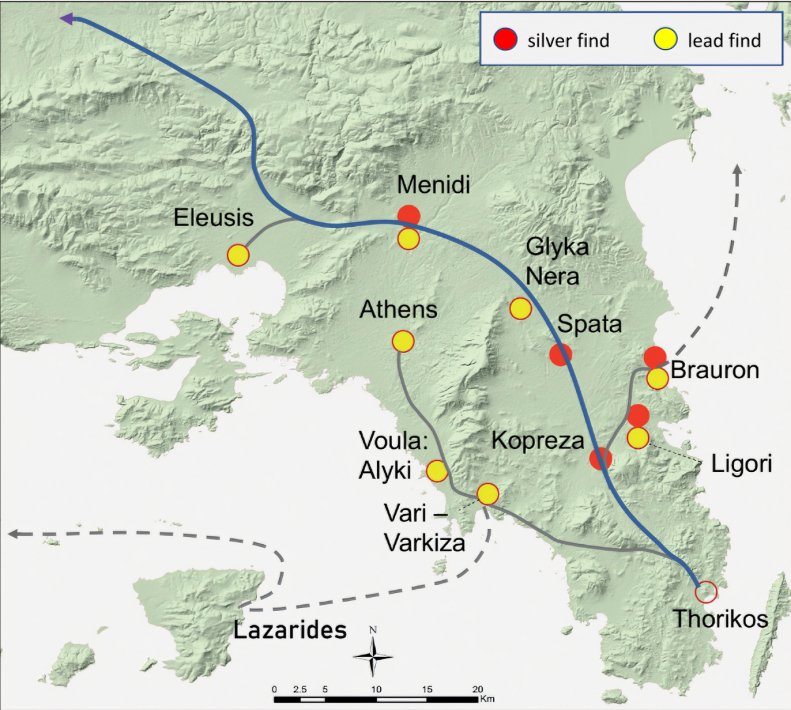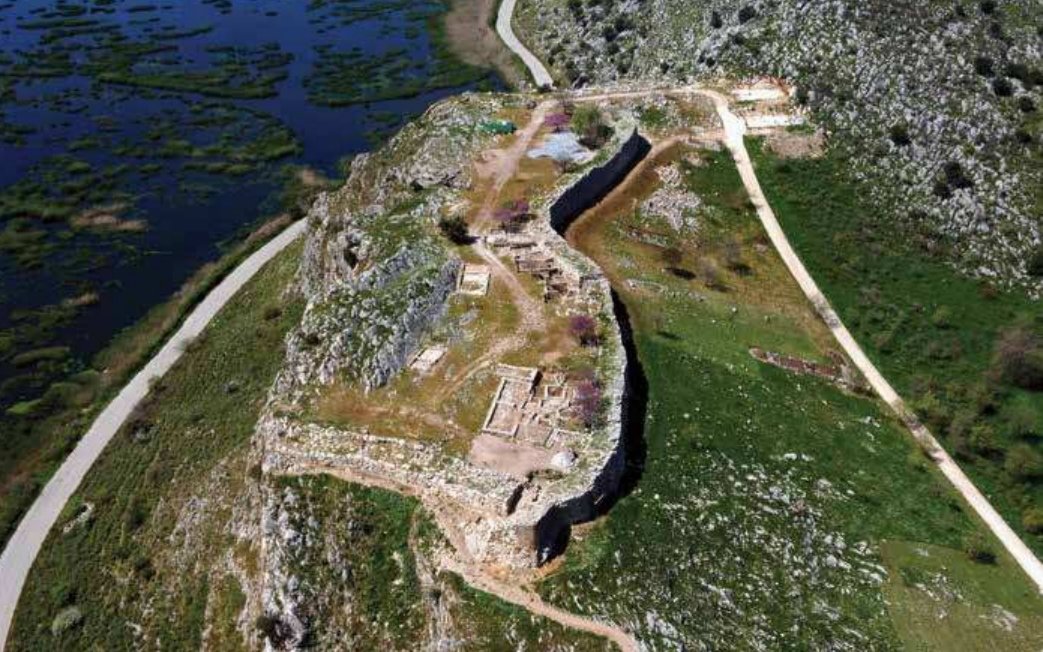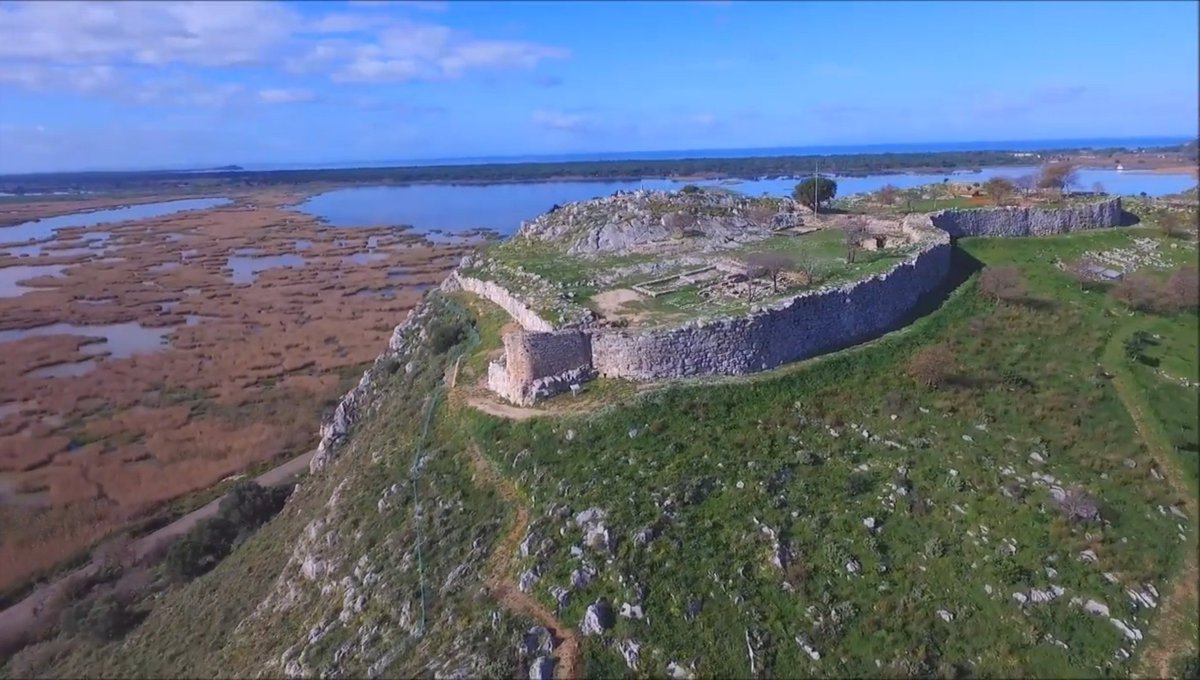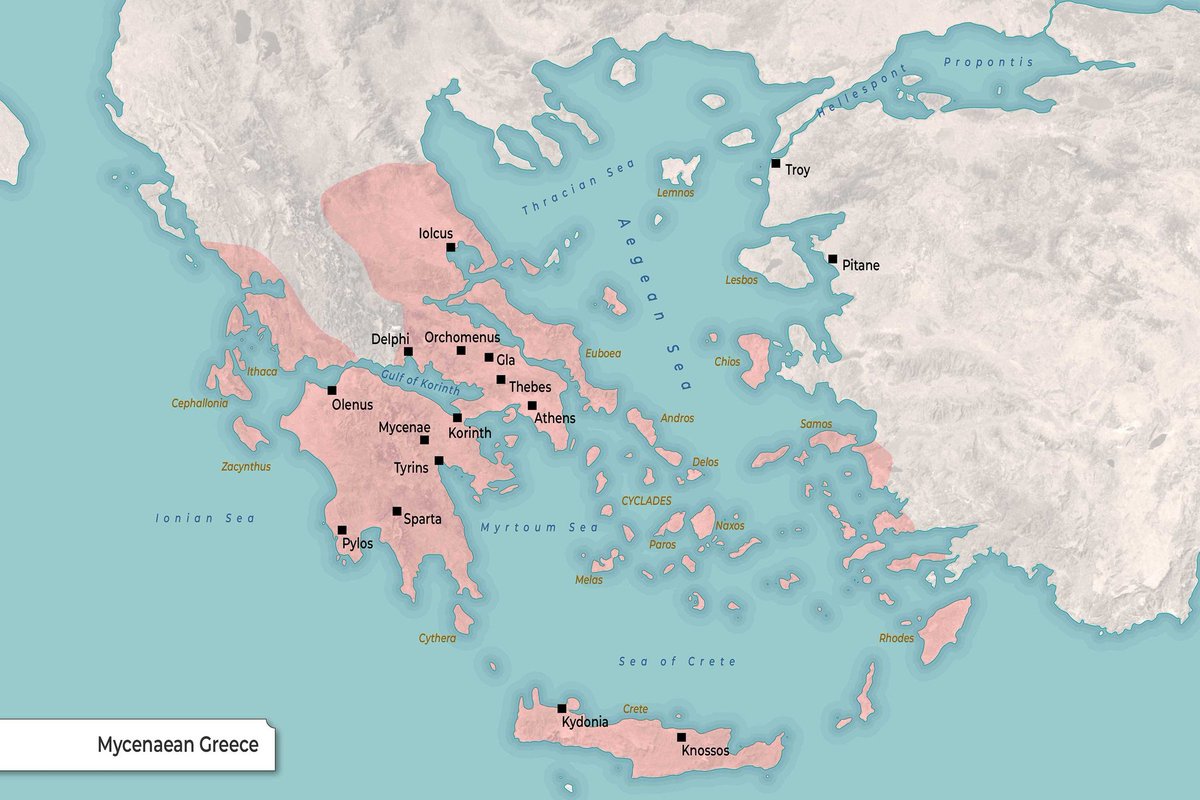REMARKS ON THE LANGUAGE WHICH ATTRIBUTED BY THE LINEAR A' SCRIPT:
Reflecting on all your points and comments about the Minoan language, I am giving you my personal opinion on the matter along with some observations.
Reflecting on all your points and comments about the Minoan language, I am giving you my personal opinion on the matter along with some observations.

1/First of all,many people were surprised by the fact that the Minoan Linear A' and the Mycenaean Linear B', despite the differences between them,show significant similarities, mainly the existence of common sequences of homophonic signs that in some cases transcribe Greek words. 

2/ Prof. Gregory Nagy in two leading essays: “Greek-like Elements in Linear A.” (1963) and “Observations on the Sign-Grouping and Vocabulary of Linear A.” (1965), presents in detail and with arguments the presence of Greek words and word endings in the texts of Linear A'. 

3/ In recent years, the majority of researchers have come to the hypothesis that the Minoan language was part of the Indo-European group related to Greek, Anatolian or Indo-Iranian, while the opinion has been supported that Minoan Crete was inhabited by various linguistic groups. 

4/ However, we must be clear that the Minoan language was not a fully Greek language, although Greek elements are recognized within it. My opinion is that it was a language of cultural and linguistic syncretism created in the 18th century BC in the region of Malia. 

5/ According to recent genetic studies [Skourtanioti et al. (2023) - Ancient DNA reveals admixture history and endogamy in the prehistoric Aegean], the Aegean and especially Crete received significant gene flows from Anatolia (Iran_N/CHG ) during the FN - beginnings of the EBA. 

6/ It is a period when the speakers of the proto-anatolian language make their appearance in Anatolia related to cultural groups of the Caucasus and these groups could have reached as far as the Aegean. 👉 

👉 After all, the cultural changes in the Aegean region in this particular period (flourishing of metallurgy and trade) and the creation of a cultural koine between the Aegean and Western Anatolia support such a hypothesis. 

7/ The Prepalatial Crete shows a genetic diffusion of Iran_N/CHG up to 25% (Florian Clemente et al. (2021) - The genomic history of the Aegean palatial civilizations) and this percentage could indicate the adoption of an early Indo-European Anatolian language. 

8/ For me the above hypothesis is a possible eventuality, but as I have mentioned several times, I believe that there is a serious possibility that the Minoan language is a branch of unclassified languages that have their origin in the Aegean Neolithic past and its offshoots. 

9/ I believe this was the main body of the Minoan language: Proto-Anatolian or unclassified Neolithic. But Crete already from the FN begins to participate in local and international networks of contacts and exchanges (see the case of the FN/EBA settlement of Kephala Petras). 



10/ These contacts lead to the adoption of certain new practices, customs and cultural loans, which often have a linguistic character, such as e.g. use of common commercial terms. 👉 

👉 Maybe did the strong cross-cultural contact between Crete and mainland Greece lead to the introduction of Greek words into the Minoan language? 

11/ The archaeological and archaeogenetic research confirmed the arrival of the first PIE steppe groups in the Greek area shortly after the middle of the 3rd millennium BC and their direct penetration to the south 👉 

👉 through a cultural rather than genetic dominance (65-90% of the Mycenaean genome is non-steppe), leading to the creation of the Greek-speaking Middle Helladic and early Mycenaean communities. 

12/ The Minoan palaces had close contacts with mainland Greece with possible cross-cultural centers in Lavrion (mining), Aegina (close trade contacts with NE Peloponnese), Kythira (contacts with southern Peloponnese), and even the Cyclades. 👉 

👉 The communities of the southern mainland played a transit role for Minoan trade from which they derived wealth and prestige, but at the same time they became recipients of strong Minoan cultural influences. 

13/However,maybe did the cultural steppe diffusion to the south also affect the Minoan Cretans within the framework of this inter-communal interaction in the common area of the Aegean and the Minoan influences on the early Mycenaean culture were only one pole of this interaction? 
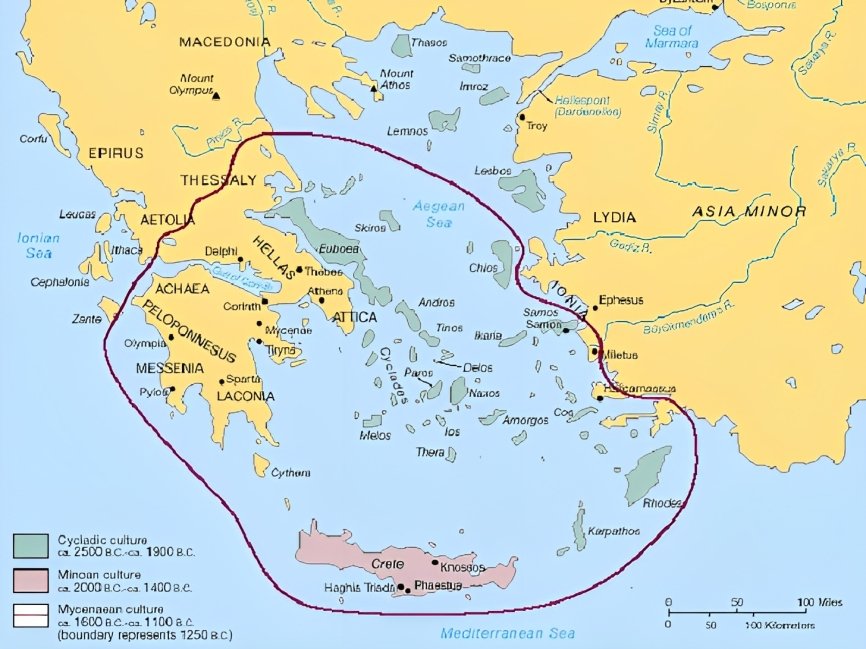
14/ The close political, social and economic relations and the strong Greek-speaking linguistic expansion could lead to the adoption of Mycenaean words that replaced or displaced corresponding Minoan words. 👉 

👉 Perhaps the adoption of a Greek origin deity ([i] - da - ma - te: goddess of the mountain), as demonstrated by the inscribed Linear A' texts from Arkalochori and Kythira, is part of this context. 

15/ Perhaps the influence of the Greek language on the local Minoan became stronger over time given the strengthening of the Mycenaean factor in the wider Aegean area during the late Neopalatial Period. 👉 

👉 It would be interesting to consider whether the Mycenaean warlords who captured Knossos in 1450 BC, they were (or not) in a foreign speaking environment and used interpreters to converse with the native element. 

16/ In conclusion, I would like to emphasize that the Griffon Warrior was one of the influential members of the ruling elite of Pylos, without having a steppe origin at all and was undoubtedly a speaker of the Mycenaean Greek language, with what this implies for our discussion. 

• • •
Missing some Tweet in this thread? You can try to
force a refresh





